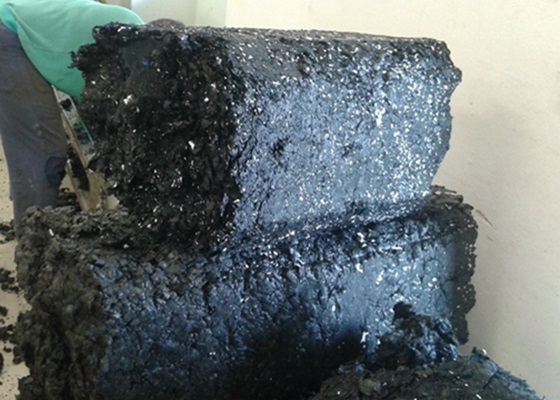EPP Recycling Turn Discarded EPP Automotive Parts into Renewable Resource
Hyundai Motorsport GmbH (Alzenau, Germany) uses expanded polypropylene foam in the World Rally Championship (WRC) to manufacture side-impact protection for racing cars, providing optimal protection for the driver.
The company uses BASF’s Neopolen P polypropylene foam, which has demonstrated the strong protective capacity in the world’s largest and toughest rally series. This EPP foam combines low weight with high energy absorption capacity and can resist multiple impacts. Hence, it is applied in the safety-critical components in standard cars, such as steering column liners, fenders, and head restraints. In addition to the automotive industry, EPP has a wide range of applications in the electronic product and packaging industry. Now, numerous companies are seeking sustainable development, and EPP recycling has become a hot topic.
EPP recycling is to transform discarded EPP foam into renewable resources, which will be put into the production line of other plastic products, returning to the market in another form. The whole EPP recycling process includes collecting, crushing, compressing, granulation, and reuse. A large amount of EPP foam is collected and transported to reprocessing companies, where recyclers will clean the foam to remove contaminants such as tape. Because EPP foam is relatively hard, and light in weight but large, using an EPP densifier for volume reduction can greatly improve transportation efficiency and reduce costs. When the waste foam is crushed and compacted, a professional EPP foam granulator will process it into renewable particles, which are the raw materials of recycled products. All the products manufactured in the EPP recycling like compressed foam ingots and EPP particles can be sold to downstream recyclers for profit. From the perspective of market demand, EPP recycling has been a trend. Its recycled products market is in high demand and continues to grow. From the perspective of business, EPP recycling is an investment with high returns. Investing in foam recycling equipment to dispose of EPP is far more cost-effective than spending money to landfill it. And a foam densifier is a suitable investment for most companies that want to carry out EPP recycling. Foam densifier can compress waste EPP foam into dense ingots, which can be sold to downstream recyclers for subsequent recycling and process.

As a leader in plastic recycling, INTCO Recycling has not only developed an integrated EPP recycling system but also developed GREENMAX Zeus Series foam densifier. This foam densifier is specifically designed for EPP recycling, with high automation and easy operation. Through the conveyor belt, waste EPP foam is transported into the cutting room of the machine, which is equipped with a sharp breaking device. The screw cutter breaks large pieces of foam into uniform fragments, which fall into the silo at the bottom. Then, they will be squeezed by the screw into dense foam ingots and transported to the discharge port of the foam densifier. It is worth mentioning that the GREENMAX Zeus Series foam densifier is equipped with surface hot melting technology, which will heat the surface of compacted foam at a high temperature, making it melt and solidify and preventing the foam from expanding from the inside. At the same time, the physical compression of the screw will not change the original chemical properties of the foam ingots.
If you have any questions about EPP recycling, we will be happy to answer your questions.

